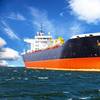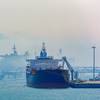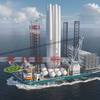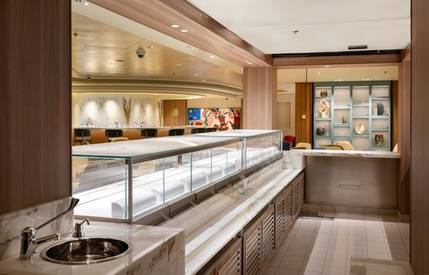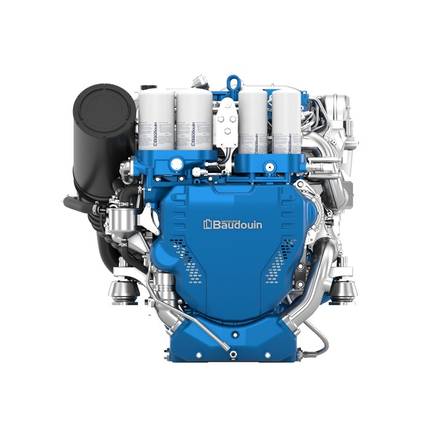Report: Preparing Tankers for Conversion to Green Fuels
The Mærsk Mc-Kinney Møller Center for Zero Carbon Shipping has published a technical, environmental, and techno-economic analysis of the impacts of preparation and conversion of tankers for green fuels.
Using insights from project partners, the project aimed to understand the technical requirements and cost of converting from fuel oil to methanol or ammonia and from NG to ammonia.
The report considered reference designs for two types of tanker vessels: LR2 and VLCC. These vessel types are two of the largest in the tanker segment, often travel long routes, and have a high fuel consumption ― therefore, they can provide a good illustration of the economic and environmental impacts of different choices relating to vessel conversion.
For each vessel design, the report defined five levels of preparation for alternative fuels, ranging from no preparation (Level 0) to a dual-fuel newbuild ready to operate on methanol or ammonia (Level 4).
Alternative fuels are less energy-dense and so require more storage space than fossil fuels for the same distance traveled. The storage requirements for alternative fuels for the LR2 design can be met using tanks located on the deck, without affecting the vessel’s range. This leads to a minimal impact on the LR2’s standard parcel size and cargo capacity. However, additional tanks and fuel volume will decrease the vessel’s deadweight tonnage.
For the VLCC design, maintaining the same range after conversion to methanol or ammonia would require installing fuel tanks in the cargo space, leading to a loss of cargo capacity. We generally consider that a full-range VLCC operating on ammonia would not be commercially viable.
However, operating the VLCC with a reduced range after conversion to either methanol or ammonia would allow all fuel tanks to be located on the deck, preserving the cargo space. The reduced range option for the VLCC is based on a trade route from the Persian Gulf to the Far East, which is relevant for this segment.
For the LR2 design, the model indicates that the total add-on cost of newbuilding and conversion to operation on methanol or ammonia, depending on preparation level and range, is:
• 14-27% of the cost of a standard fuel oil newbuild for fuel oil-methanol conversions
• 25-42% of the cost of a standard fuel oil newbuild for fuel oil-ammonia conversions
• 47-62% of the cost of a standard fuel oil newbuild (or 21-34% of the cost of an LNG newbuild) for LNG‑ammonia conversions.
Dual-fuel newbuild vessels makes the most economic sense if operation on the alternative fuel is expected in 5-7.5 years when converting from fuel oil, or 10.5-12 years if converting from LNG. If building a vessel for later conversion, the best preparation level depends on conversion timeline.
Choice of preparation level can impact capital expenditure (CapEx) at the newbuilding stage by 1-3% of the cost of a fuel oil newbuild or around 2-4% of the cost of an LNG newbuild.
For the VLCC design, the report generally considered that maintaining the vessel’s full range after conversion is not economically viable. Considering only the options with reduced range after conversion, the estimated total add-on cost of newbuilding and conversion, depending on preparation level, is:
• 17-29% of the cost of a standard fuel oil newbuild for fuel oil-methanol conversions
• 31-45% of the cost of a standard fuel oil newbuild for fuel oil-ammonia conversions
• 50-63% of the cost of a standard fuel oil newbuild (or 17-28% of the cost of an LNG newbuild) for LNG-ammonia conversions.
Assuming a reduced range following conversion, a dual-fuel newbuild is the most economical option if operation on alternative fuels is expected within 4-6 years. For conversions, the choice of preparation level again depends on timeline, and it can impact newbuild CapEx by 1-6% of the cost of a fuel oil newbuild or 5-7% of the cost of an LNG newbuild.




